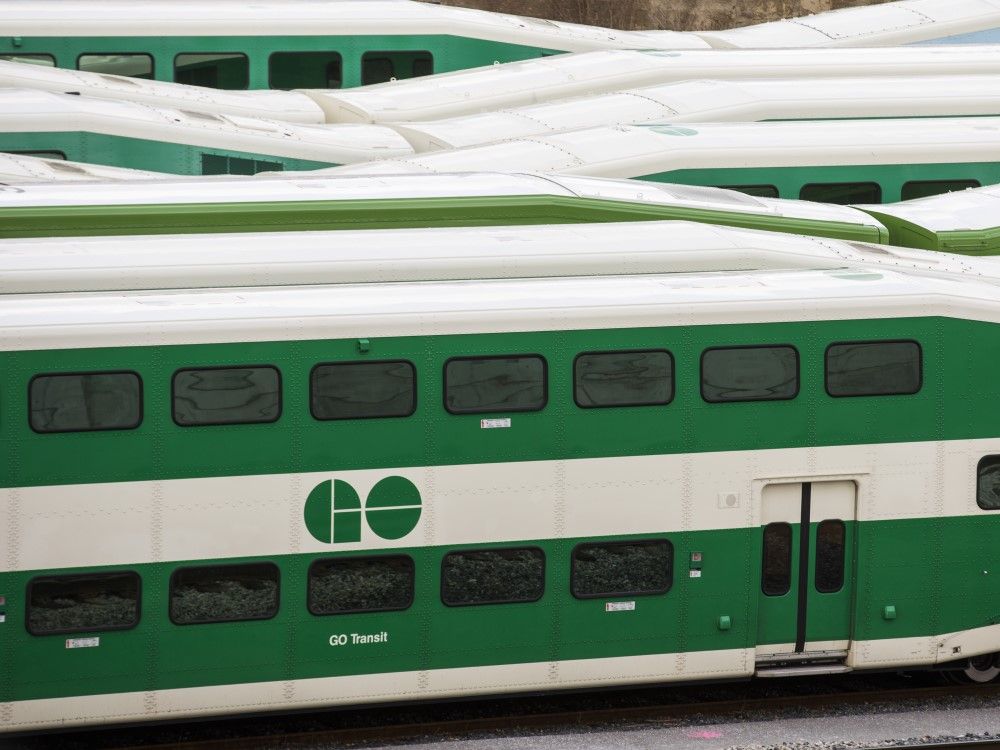This is what my first thought was about crew scheduling and dispatching services perhaps on in-house built IT systems
I though of it because of recent issues with airlines and their systems developed in-house long ago which were considered a money saver at the time (90's/00's), but in recent years those systems have plagued some airlines that admitted they can never "catch up" to problems because the systems of booking crews and changing flights are so old, so slow and rely on so many manual inputs that even minor incidents cause cascading delays.
More importantly, the software cannot be upgraded because the code is old with so many different people's work added on to it over 20+ years that it requires weeks of work to make sense of to process even a minor change that won't have unintended consequences, or cause the system to stop working entirely, so they simply stop updating it all together.
So maybe DB just has more modern software that can have the scheduling of both crews and trains ported over easily.
The recent meltdown was avoidable, but it would have cost the company.

www.nytimes.com






